Sign up for our Book Club newsletter
Get the latest news, events and more from the Los Angeles Times Book Club, and help us get L.A. reading and talking.
You may occasionally receive promotional content from the Los Angeles Times.
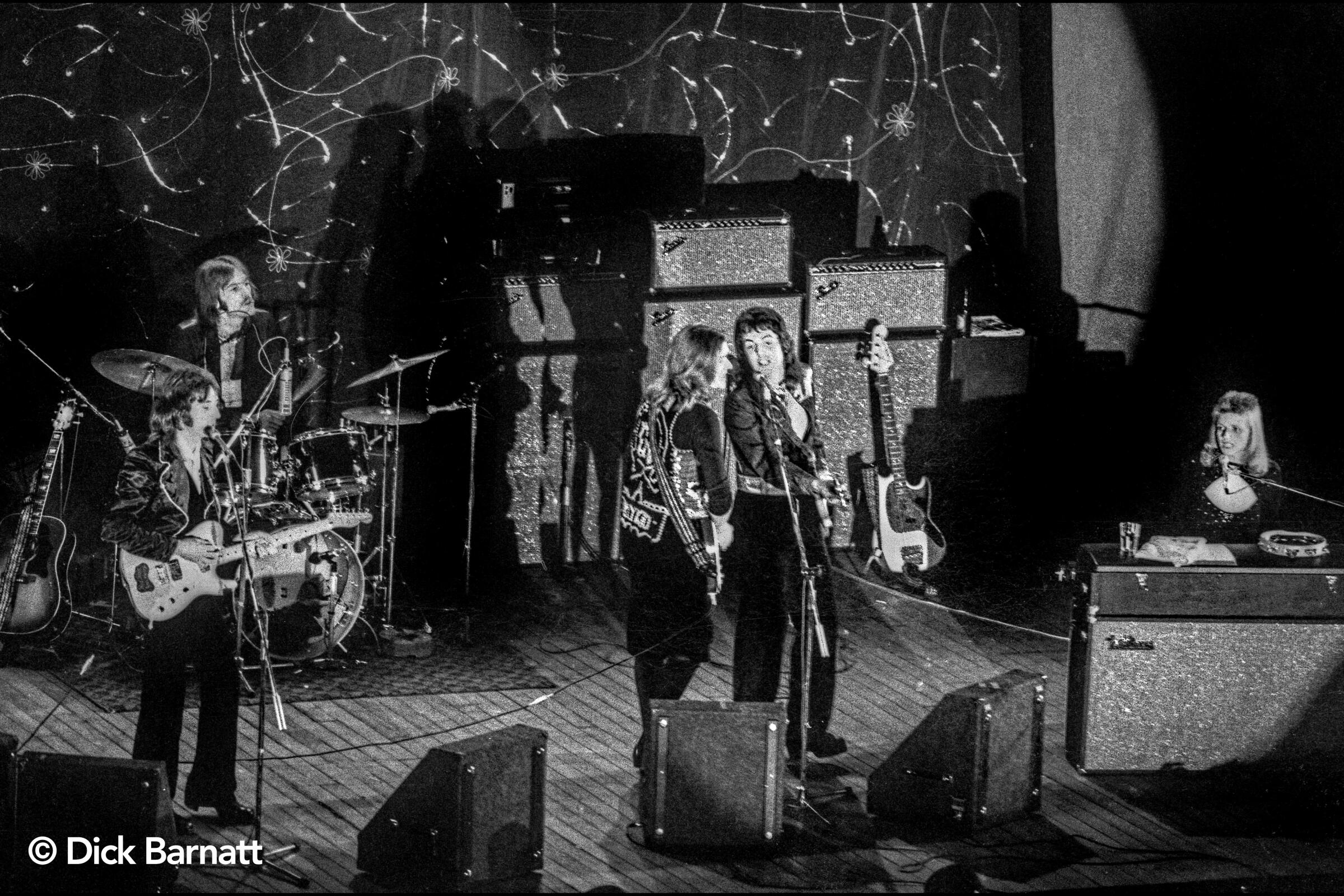
On the Shelf
'The McCartney Legacy: Volume 1: 1969-73'
By Allan Kozinn and Adrian Sinclair
Dey Street: 720 pages, $35
If you buy books linked on our site, The Times may earn a commission from Bookshop.org, whose fees support independent bookstores.
When the Beatles broke up in 1970, it seemed to Allan Kozinn that everyone took a side.
“Rolling Stone really took a John versus Paul approach to the universe — and they were on John’s side — but everyone wanted to know where you stood,” says Kozinn, who was 15 at the time. “I was a John guy.”
Not anymore.
Kozinn went on to cover music for the New York Times; over the decades, during which he wrote about the Beatles and even got to interview Paul McCartney, he evolved. He has just spent eight years working with Adrian Sinclair on “The McCartney Legacy: Volume 1: 1969-73,” the first of four planned tomes, exhaustively detailed, examining the songwriter’s post-Beatles life and career.
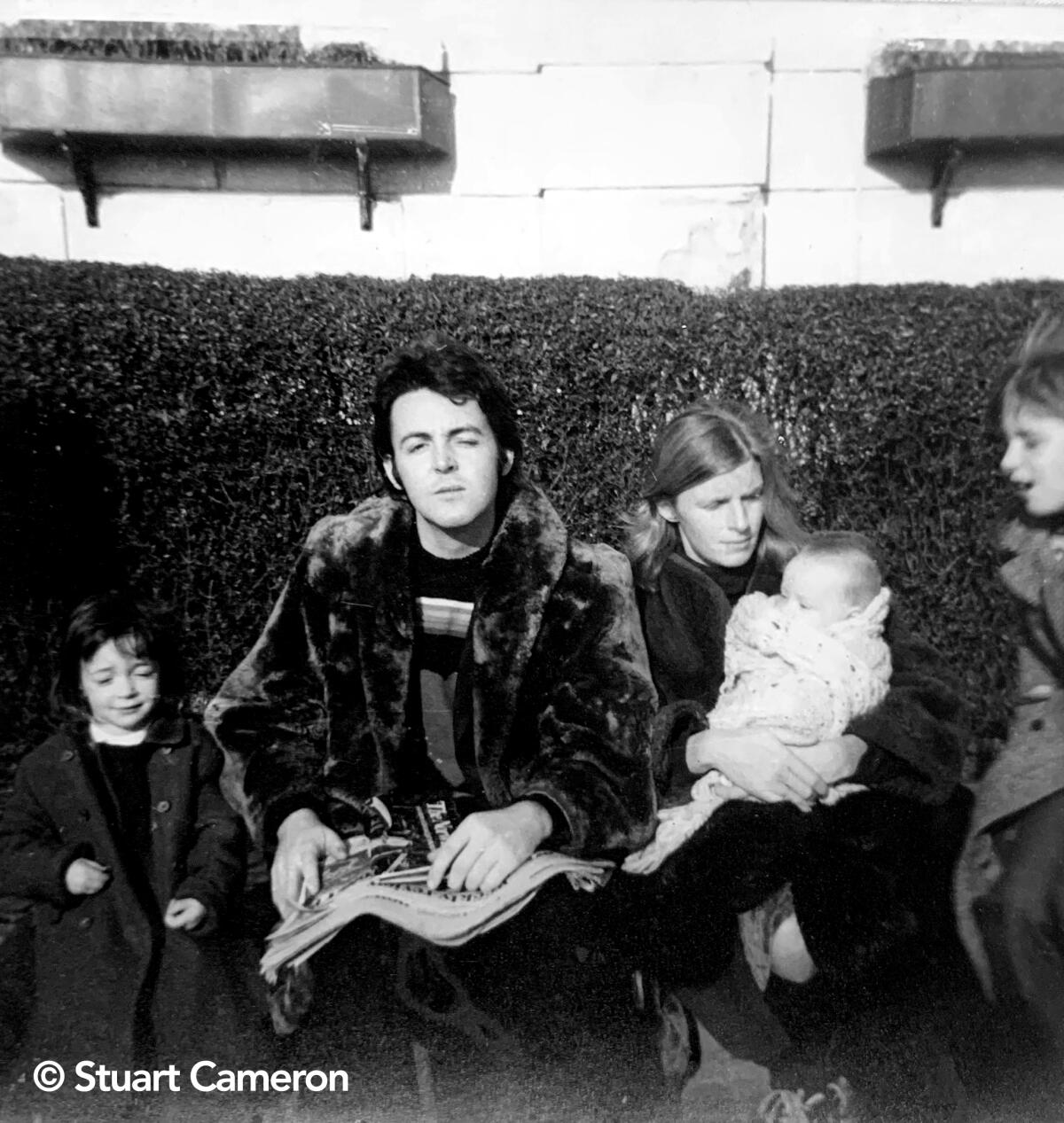
“Working on the book gave me a completely different perspective on how McCartney works and what he puts into his songs,” Kozinn says during a video chat from his home in Portland, Maine. He’s gained a newfound admiration for the once-maligned “Ram” album and elaborately produced songs like “The Back Seat of My Car” and “Little Lamb Dragonfly.” “It’s not that I’ve switched sides, it’s that now I say, ‘Why are there sides?’”
Sinclair first tapped Kozinn with the idea of commissioning biographical sketches around a “sessionography” of all McCartney’s recordings, in the style of Mark Lewisohn’s seminal “The Complete Beatles Recording Sessions.” But as the book kept growing, Lewisohn, himself now working on a multibook Beatles biography, suggested a full-fledged bio.
McCartney himself did not sit for interviews but gave his blessing, encouraging others to participate.
We assess 50 years of post-Beatles Paul: from DIY solo to Linda and Wings, from Stevie to MJ to Rihanna and Kanye.
The result, across more than 700 pages covering McCartney’s early years with his band Wings, is open-minded and comprehensive, devoting as much detail and attention to McCartney’s mediocrities — “Bip Bop,” anyone? — as it does to the classics like “Band on the Run.”
Kozinn acknowledges that some songs may not be worth repeated listens: “I could probably go for very, very long periods without hearing his single of ‘Mary Had a Little Lamb’ again.” But he says McCartney’s process was invariably interesting.
“We didn’t make a huge amount of judgment but followed the making of the songs step by step, treating them as seriously as he did,” Kozinn says. He cites “Mumbo,” a less than memorable instrumental (with sung gibberish) that opens Wings’ “Wild Life” album, for what it reveals about McCartney’s devotion to song production.
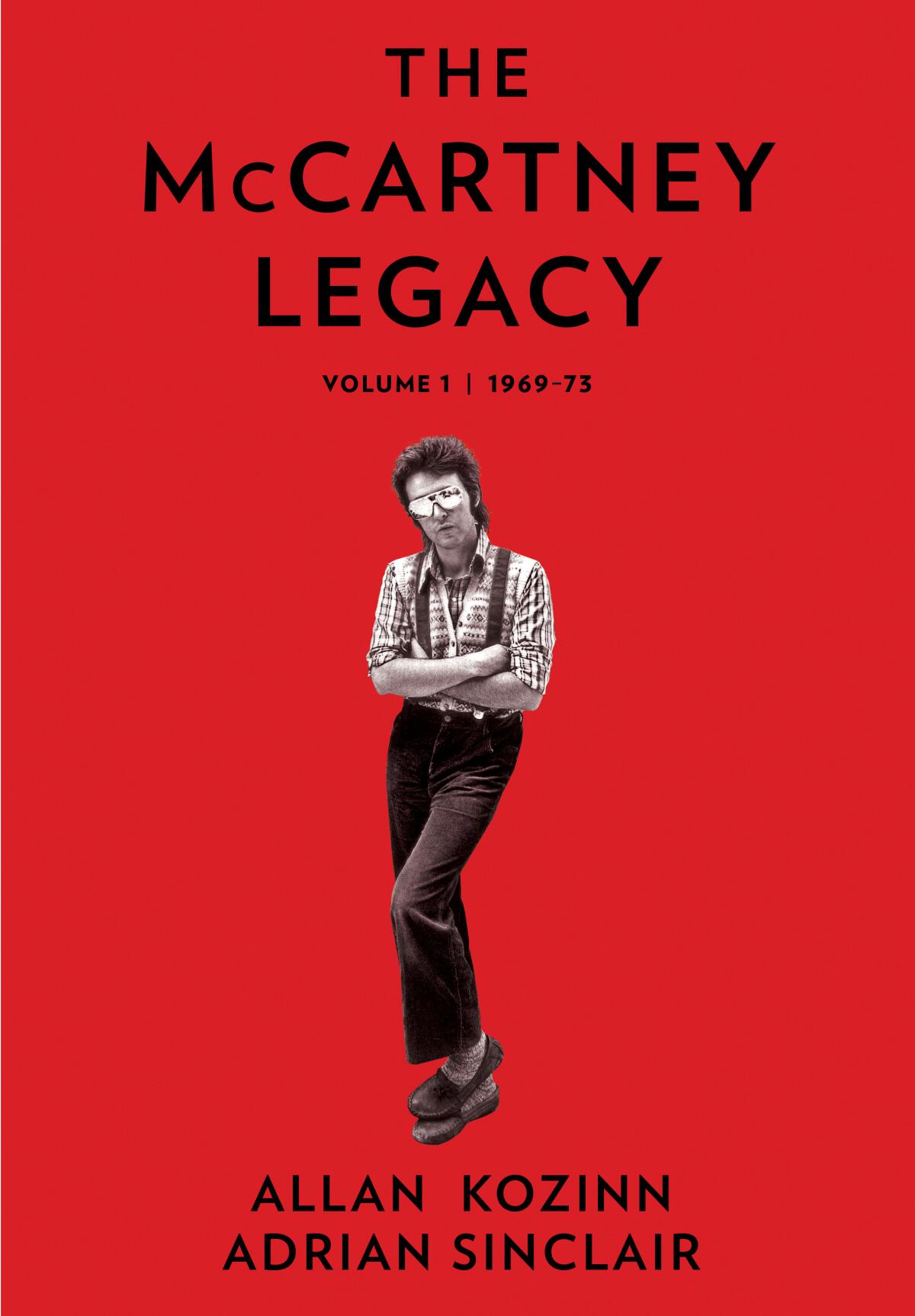
“It gives this impression of being a live-in-the-studio jam, but when you listen to the instrumentation, you realize there aren’t that many people in Wings — they did a lot of work in dubbing to make it sound like a live jam,” he says. To Kozinn, many supposed McCartney throwaways, including other instrumentals like “Glasses” and “Loup,” actually reveal his underappreciated experimental side, in which “he allows the undisciplined freak thing to happen” in hopes of finding something new.
The authors are, crucially, also more open-minded about Paul’s then-wife, Linda, who was often treated shabbily, or at least superficially, by the press and Beatles fans. Kozinn notes that she was not a professional musician, only joining Wings at McCartney’s urging, though her backing vocals added a distinctive texture to the songs. “Like Yoko Ono, Linda had her own artistic identity — she’d have been happy to be a photographer and wife and mother but made the best of this situation.”
In an entry from his COVID-19 diary “What Just Happened,” out Nov. 9, critic and novelist Charles Finch binges on the Beatles and reaches a turning point.
The book also points out how important she was to McCartney as a sounding board and support system. Kozinn and Sinclair paint her as a complex person, occasionally haughty or petty, but franker and more open with the press.
“Linda injects a level of realism that you don’t always get from the Paul interviews,” Kozinn says. “He knows what he wants to say, and there’s a particular narrative line he is presenting. But someone would ask Linda, ‘Was Paul a good teacher?,’ and she’d say he was not a good teacher and has no patience whatsoever for anybody who doesn’t know how to do it already. She’s just telling her reality, and that’s something that hasn’t been covered a lot.”
Kozinn and Sinclair pored over thousands of print, video and audio interviews, as well as documents like the journal of drummer Denny Seiwell’s wife. The accumulation of little-known nuggets gives the book plenty of heft — and cocktail-party fodder — for Beatles and Wings fans.
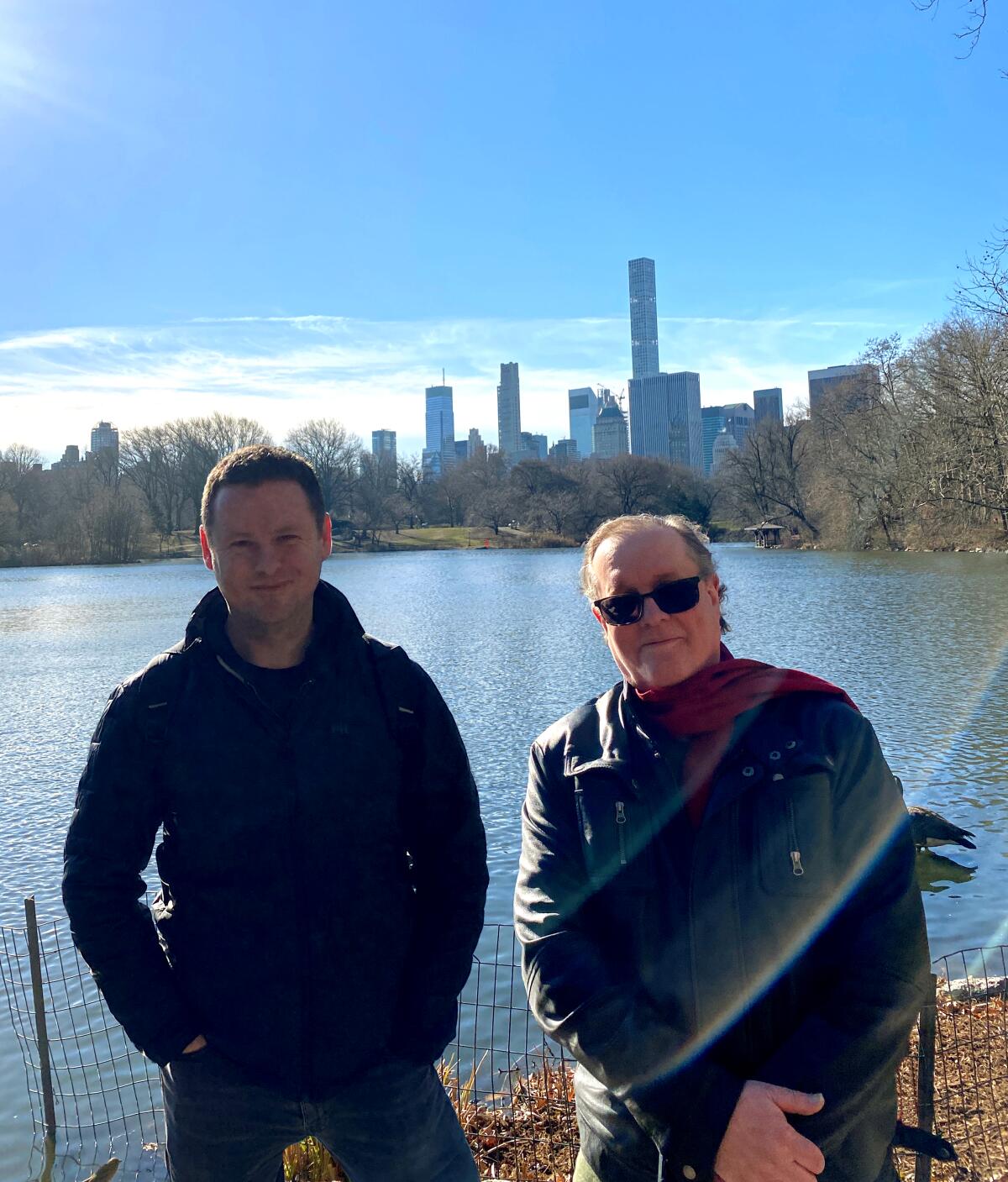
There was the time McCartney retreated to Scotland to escape a Beatles feud and just missed an invitation to play on a Jimi Hendrix album; or when he wrote “Another Day” on commission for a film but didn’t like the movie or the cast, so he kept it for himself; or the fact that “Live and Let Die” was his second shot at writing a song for a Bond film, after a near miss on “Diamonds Are Forever.” Kozinn also reports that McCartney offered background chatter for Pink Floyd’s “Dark Side of the Moon” — but it was cut for sounding too guarded and polished. (His hard-drinking guitarist, Henry McCullough, made the cut.)
There is even a wistful anecdote about a rapprochement that never happened. In 1972, John Lennon invited McCartney to join him onstage at Madison Square Garden for his first full-length concert. Per Kozinn, McCartney only passed because Lennon was still being managed by Allen Klein, whom the Beatles had hired in 1969 over McCartney’s strenuous objections. Less than a year later, Lennon and the other Beatles broke with Klein and admitted McCartney had been right.
The biographical elements, Kozinn believes, will ultimately enhance the listening experience. “You don’t need a doctorate in Paul McCartney to enjoy ‘Hi, Hi, Hi,’ but Adrian says Paul’s life and music are so intertwined that you can’t fully understand the music without knowing about his life.”
Working with a free hand, the director included previously unseen George Harrison quitting the band and was able to isolate moments of conversation away from the sounds of guitars and amps.
The authors strived to get that life right, which meant separating facts from myths — knowing how much McCartney enjoyed embroidering the “yarns” he has told over the years.
“We reported the facts as we found them when they’re at variance with stories as Paul tells them,” Kozinn says. Many of these are trivial, but this book is determined to capture every detail of both the music and the life. (For instance, McCartney often tells the story of being mugged while recording “Band on the Run” in Nigeria, saying his demo tapes were stolen and he had to re-create songs from memory. The book notes that the mugging happened after every song had been recorded, and the original demos were still in Scotland.)
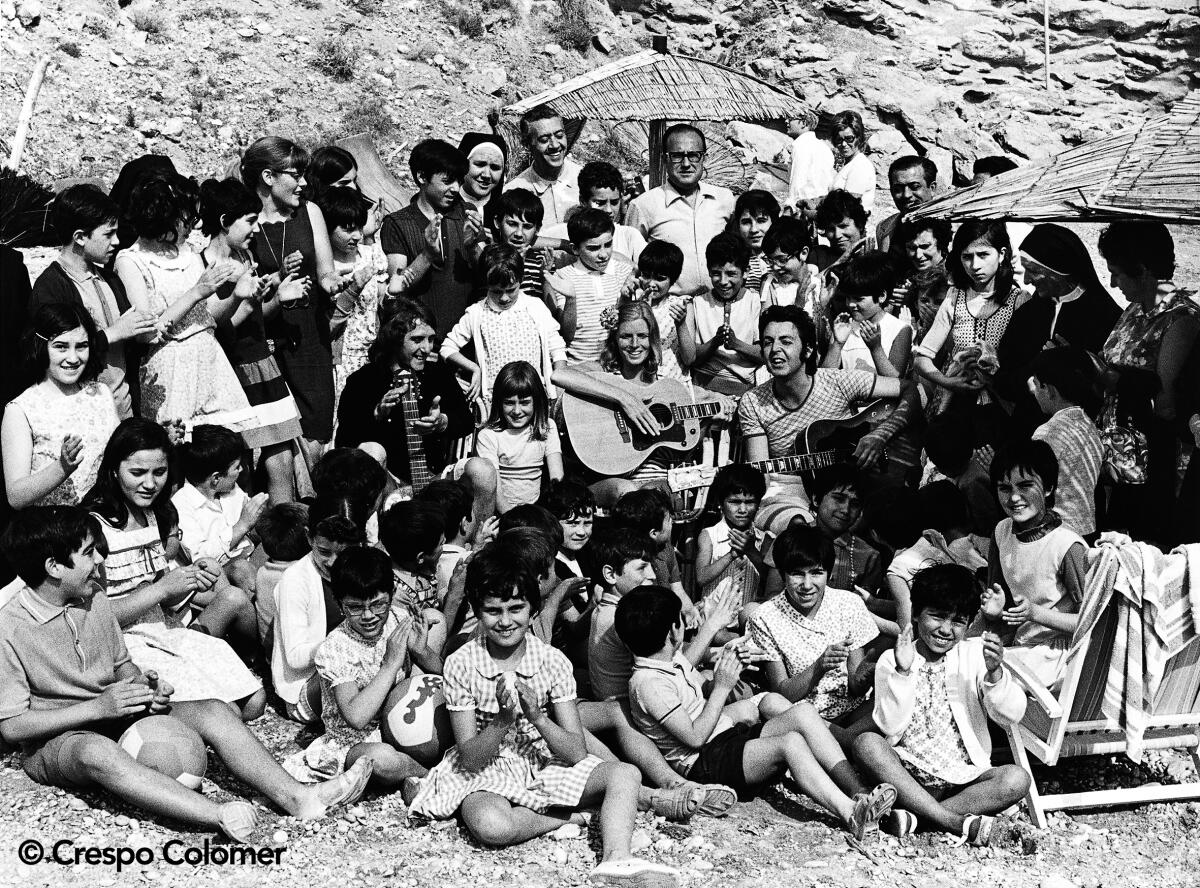
But the research wasn’t all libraries and journalistic shoe leather. Kozinn, who appeared on our video chat with more than a half-dozen guitars behind him, also played all the songs as he was writing the book. “Having them under your fingers gives you an insight into the way the songs work much more than listening to them and thinking theoretically.”
Those guitars will continue getting a workout as Kozinn and Sinclair plow ahead. They hope to release the second volume, which will run through 1980, by the end of 2024. That will still leave four decades (and counting) to cover in the final two volumes, encompassing McCartney’s expansion into classical music, children’s books and painting, as well as some of the finest albums (such as 2005’s “Chaos and Creation in the Backyard”) and songs (2018’s “I Don’t Know”) of his illustrious career.
The two-and-a-half-hour SoFi Stadium concert, featuring a generous helping of Beatles songs, was McCartney’s first area show since 2019.
Kozinn isn’t modest about the project’s goals, but then again, their subject has clearly withstood the test of time. “I think what we’ll have at the end is a set of books about an incredible body of work from one of the most important pop musicians of his time.”
Sign up for our Book Club newsletter
Get the latest news, events and more from the Los Angeles Times Book Club, and help us get L.A. reading and talking.
You may occasionally receive promotional content from the Los Angeles Times.